You have found the ultimate Theodore Roosevelt National Park Guide. Here you will find everything you need to know about the park including the park’s history, when to visit, Campgrounds, nearby lodging, wildlife viewing, hiking, things to do, and more.
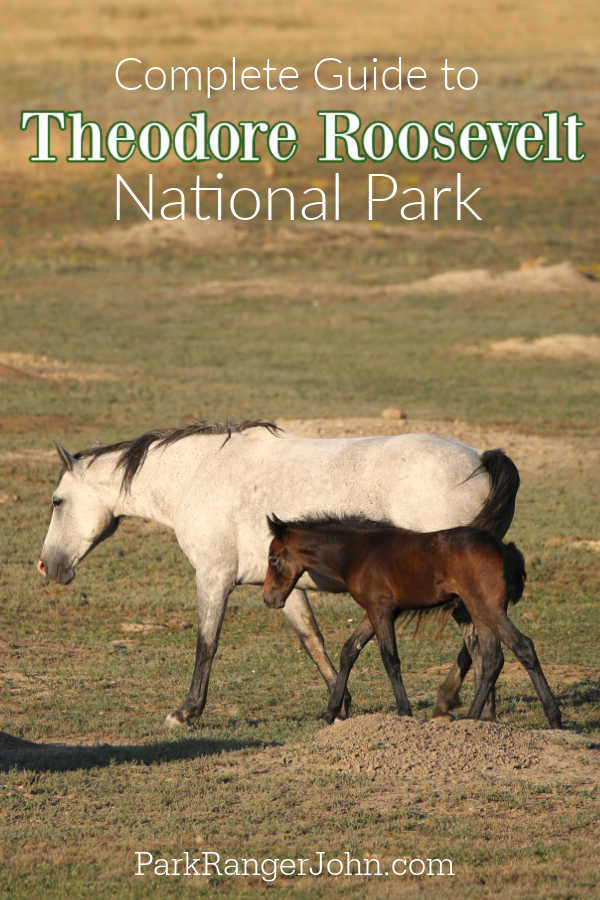
Theodore Roosevelt National Park
Named after one of the great conservationists in American History, Theodore Roosevelt National Park is a true hidden gem!
This oasis is tucked into North Dakota’s western plains and rises up from the monotonous stretch of highway that you’ve likely been following for what feels like far too long.
Its views are breathtaking and wildlife sightings are common as you explore the park that inspired a man from New York to Become the 26th. President of the United States.
Theodore Roosevelt came to this area wanting to hunt a Bison but he received so much more.
He became a cowboy and started raising cattle. During his time here, he noticed the importance of conservation and learned about the carrying capacities of animals (how many animals could live on the land without overgrazing and damaging the land.)
He saw the importance of protecting our nation's most valuable resource, the land we lived upon.
When Roosevelt became the President of the United States, he protected 230 million acres of public lands as he viewed the President as a “steward of the people”.
Some of his accomplishments included establishing the US Forest Service, signing 5 National Parks into law, establishing what is today the US Fish & Wildlife Service, and establishing the first 51 bird reserves.
All this was created by one man standing in what is today Theodore Roosevelt National Park.

About Theodore Roosevelt National Park
Theodore Roosevelt National Park is comprised of rugged badlands, grassy prairies, and a wide variety of plant and animal life.
The scenic views are practically endless, and you can take them in from one of the scenic drives or hiking trails.
The park has various ranger programs available throughout the year, along with two campsites to host visitors. Whether you stay for an afternoon or an entire week, Theodore Roosevelt National Park is sure to impress.
The park is made up of three separate units: the North Unit, the South Unit, and the Elkhorn Unit. If you hope to visit all three during your time at the park, you’ll need to plan for long drive times between units.
The North Unit and South Unit are about 70 minutes apart, the South Unit and the Elkhorn Unit are also around 70 minutes from each other, and the North Unit to the Elkhorn Unit takes nearly two hours.

Is Theodore Roosevelt National Park worth visiting?
The short answer: yes!
Theodore Roosevelt National Park is absolutely worth checking out.
The park is a pleasant surprise in a state best known for its brutal winters and flat farmlands.
From the scenic outlooks and historical significance to the herds of bison and unique rock geological features, Theodore Roosevelt National Park deserves a spot on every traveler's National Park bucket list.
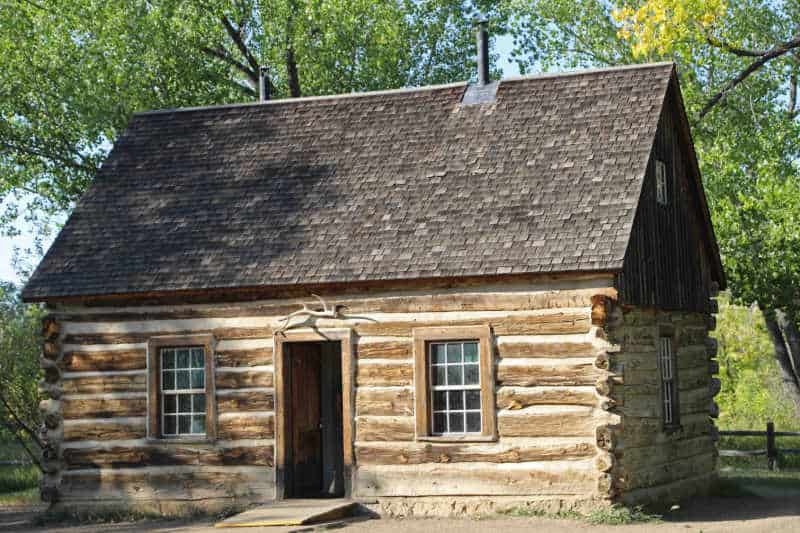
History of Theodore Roosevelt National Park
Long before this area became a national park, numerous native tribes used the land for hunting and fishing.
Nearly a dozen tribes are associated with this land, including the Cree, Lakota, Chippewa, Blackfeet, and Sioux tribes.
Eventually, the U.S. government saw the importance of this area and wanted it for themselves. In 1864, the Battle of the Badlands took place, pushing out the remaining tribes from the area.
In 1883, future president Theodore Roosevelt visited the area with hopes of killing a bison before they were extinct from the continent.
While he succeeded, this wasn’t the highlight of his trip. Hailing from New York, Roosevelt was enchanted with the area's natural beauty and became intent on preserving it.
In fact, he credits this area for inspiring him to become the President of the United States.
Like many others, Theodore Roosevelt bought a ranch in the area - the Maltese Cabin, which he used as a temporary home.
Later, after the tragic death of his wife and mother on the same day, he returned to North Dakota and purchased his second property - the Elkhorn Ranch. Both properties still stand and can be viewed inside the park.
Although it didn’t happen in his lifetime, Roosevelt’s wish to protect this land became a reality in the 1930s with the establishment of the Little Missouri Grasslands.
It was then planned that two state parks would be created in the area, but the project was stalled during World War II. In 1946 a vote was held to upgrade the land to a national park, but it was denied for lacking the qualities of a national park.
Instead, it became a national wildlife refuge and was later turned into a national memorial park. Finally, in 1978, this area became a national park.
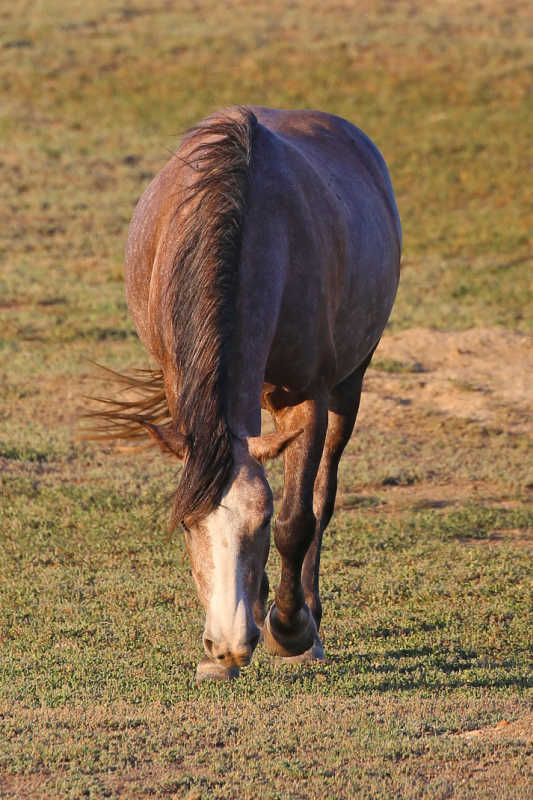
Things to know before your visit to Theodore Roosevelt National Park
Theodore Roosevelt National Park Entrance Fee
Park entrance fees are separate from camping and lodging fees.
Park Entrance Pass - $30.00 Per private vehicle (valid for 1-7 days from the date of purchase)
Park Entrance Pass - Motorcycle - $25.00 Per motorcycle (valid for 1-7 days from the date of purchase)
Per-Person Entrance Pass - $15.00 Visitors 16 years or older who enter on foot, bicycle, or as part of an organized group not involved in a commercial tour.
Annual Park Entrance Pass - $55.00, Admits pass holder and all passengers in a non-commercial vehicle. Valid for one year from the month of purchase.
$50.00 for Commercial Van with 7-15 seats
$60.00 for Commercial Mini-Bus with 16-25 seats
$150.00 for Commercial Motor Coach with 26+ seats
Learn more about National Park Passes for parks that have an entrance fee.
$80.00 - For the America the Beautiful/National Park Pass. The pass covers entrance fees to all US National Park Sites and over 2,000 Federal Recreation Fee Sites for an entire year and covers everyone in the car for per-vehicle sites and up to 4 adults for per-person sites.

Buy your pass at this link, and REI will donate 10% of pass proceeds to the National Forest Foundation, National Park Foundation, and the U.S. Endowment for Forestry & Communities.
National Park Free Entrance Days -Mark your calendars with the free entrance days the National Park Service offers for US citizens and residents.
Time Zone
Central Time
Pets
Pets are welcome but they need to be on a leash less than 6 feet in length. Leashed pets may be walked along roads and road shoulders, sidewalks, parking areas, and in campgrounds and picnic areas.
Dogs are not permitted on trails within the park.
Cell Service
Cell service is intermittent and depends on your carrier.
Park Hours
The park is open 24 hours a day.
Visitor Services may be closed for holidays and seasonally.
Wi-Fi
The main visitor center may have WiFi
Parking
There is a large parking area at the Painted Canyon Visitor Center off of the interstate.
Food/Restaurants
There are no restaurants within the park. There are restaurants in Medora, ND
Gas
There are no gas stations within the park.
Drones
Drones are not permitted within National Park Sites.
National Park Passport Stamps
National Park Passport stamps can be found in the visitor center.
We like to use these circle stickers for park stamps so we don't have to bring our passport book with us on every trip.
The National Park Passport Book program is a great way to document all of the parks you have visitied.
You can get Passport Stickers and Annual Stamp Sets to help enhance your Passport Book.
Theodore Roosevelt NP is part of the 2011 Passport Stamp Set.
Electric Vehicle Charging
There are currently 60 EV Charging Stations in the entire state of North Dakota.
Don't forget to Pack these Items
Insect repellent is always a great idea outdoors, especially around any body of water.
We use Permethrin Spray on our clothes before our park trips. Please read my article on preventing biting insects while enjoying the outdoors.
Sunscreen - I buy environmentally friendly sunscreen whenever possible because you inevitably pull it out at the beach.
Bring your water bottle and plenty of water with you. Plastic water bottles are not sold in the park.
Sunglasses - I always bring sunglasses with me. I personally love Goodr sunglasses because they are lightweight, durable, and have awesome National Park Designs from several National Parks like Joshua Tree, Yellowstone, Hawaii Volcanoes, Acadia, Denali, and more!
Click here to get your National Parks Edition of Goodr Sunglasses!
Binoculars/Spotting Scope - These will help spot birds and wildlife and make them easier to identify. We tend to see waterfowl in the distance, and they are always just a bit too far to identify them without binoculars.

Details about Theodore Roosevelt National Park
Size - 70,446 acres
Theodore Roosevelt NP is currently ranked 46 out of 63 National Parks by Size.
Date Established
November 10, 1978 - The park was created by President Jimmy Carter when the park was changed from a Memorial to a National Park.
Visitation
In 2021, Theodore Roosevelt NP had 796,085 park visitors.
In 2020, Theodore Roosevelt NP had 551,303 park visitors.
In 2019, Theodore Roosevelt NP had 691,658 park visitors.
Learn more about the most visited and least visited National Parks in the US
National Park Address
315 Second Avenue
Medora, ND 58645
Theodore Roosevelt National Park Map
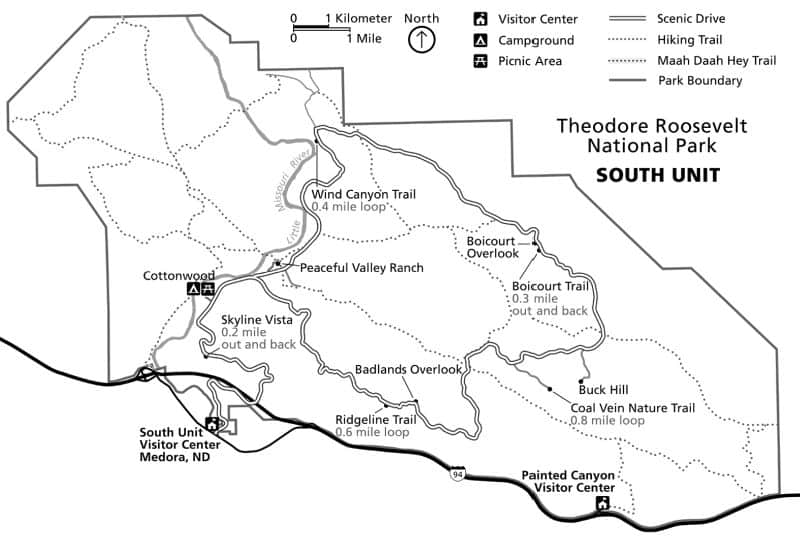
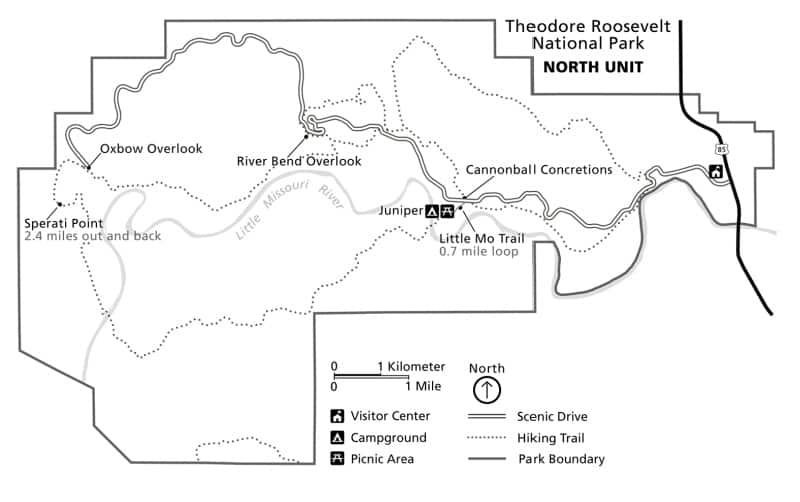
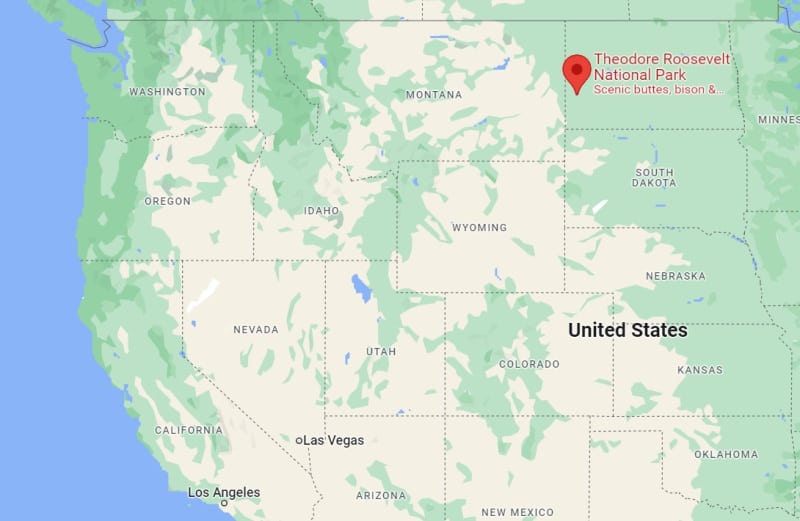
Where is Theodore Roosevelt National Park?
Theodore Roosevelt National Park is located in the Badlands of western North Dakota.
Estimated distance from major cities nearby
Dickinson, ND - 37 miles
Denver, CO - 594 miles
Minneapolis, MN - 558 miles
Omaha, NE - 715 miles
Lincoln, NE - 770 miles
Colorado Springs, CO - 664 miles
Boise, ID - 894 miles
Rapid City, SD - 235 miles
Estimated Distance from nearby National Park
Badlands National Park - 299 miles
Yellowstone National Park - 451 miles
Glacier National Park - 533 miles
Voyageurs National Park - 581 miles
Grand Teton National Park - 651 miles
Isle Royale National Park - 827 miles
Where is the National Park Visitor Center?
North Unit Visitor Center
208 Scenic Drive, Waterford City, ND 58854-9327
South Unit Visitor Center
201 East River Road N., Medora, ND 58645
Painted Canyon Visitor Center
Exit 32, Highway 94, ND 58645
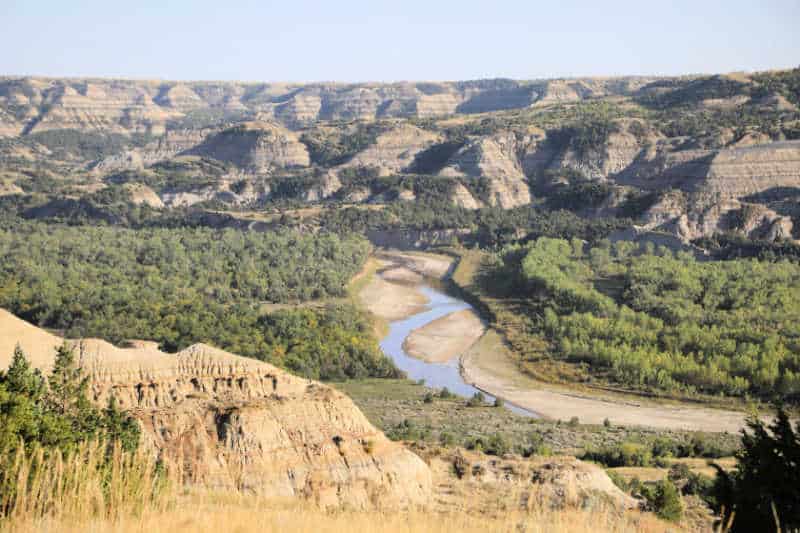
Getting to Theodore Roosevelt National Park
Closest Airports
Dickinson Theodore Roosevelt Regional Airport (DIK)
International Airports
Hector International Airport at Fargo
Grand Forks International Airport at Grand Forks
Minot International Airport at Minot
Sloulin International Airport at Williston
Minneapolis International Airport (MSP)
Driving Directions
The South Unit entrance is in the town of Medora, ND off of Interstate 94 exits 24 and 27.
The North Unit entrance is on Highway 85 approximately 14 miles south of Watford City, ND.
The remote Elkhorn Ranch Unit sits roughly in the middle of the North and South Units and is accessed via gravel roads. Consult park staff for directions to the Elkhorn Ranch Unit.
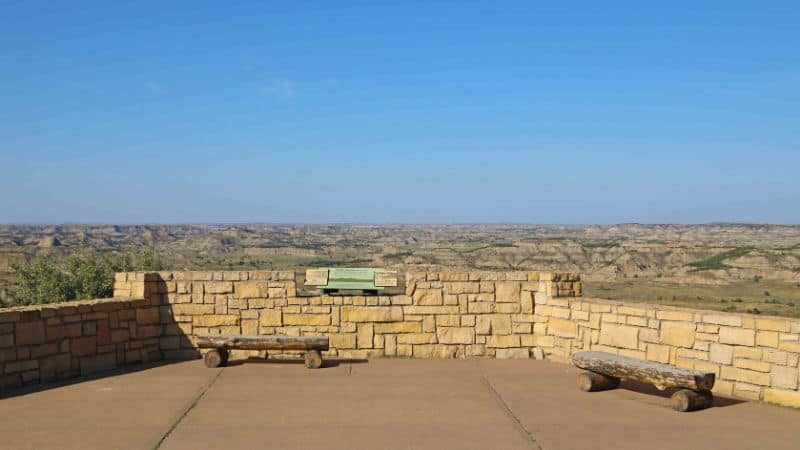
Best time to visit Theodore Roosevelt National Park
Theodore Roosevelt National Park experiences all four seasons: cold winters, hot summers, and mild seasons in between.
Although the weather is relatively predictable, storm systems often move in quickly, so be prepared for all types of weather no matter what season you choose to visit the park.
Fall is arguably the best time to visit, as the crowds are sparse, the temperatures are mild, and the fall foliage is at its peak.
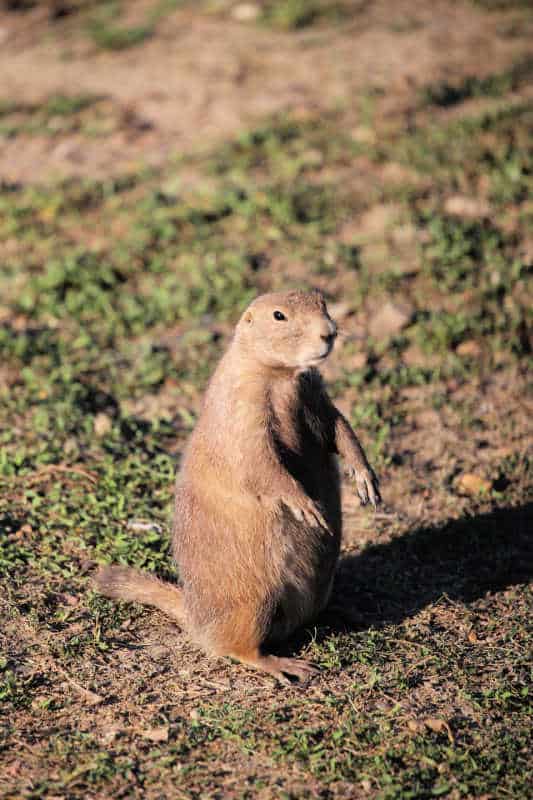
Weather and Seasons
Spring
Spring can be a great time to visit the park, especially later in the season. If you visit in early spring, it may feel more like an extension of the winter, and these lands take a while to thaw out after the brutal cold spells.
Summer
Summer is by far the most popular time to visit the park. The temperatures are hot, and the crowds are thick, but you can somewhat mitigate both of these downfalls if you plan accordingly.
Fall
Fall is one of the best times to visit the park. Crowds dwindle, temperatures sink to a chilly yet bearable temperature, and the foliage explodes in vibrant hues of orange, yellow, and red.
The colors are usually at their peak around mid to late September.
Winter
Although the park is open year-round, winter is not an ideal time to visit. The cold temperatures are usually unbearable, with highs below freezing and lows frequently dipping below the 0° mark.
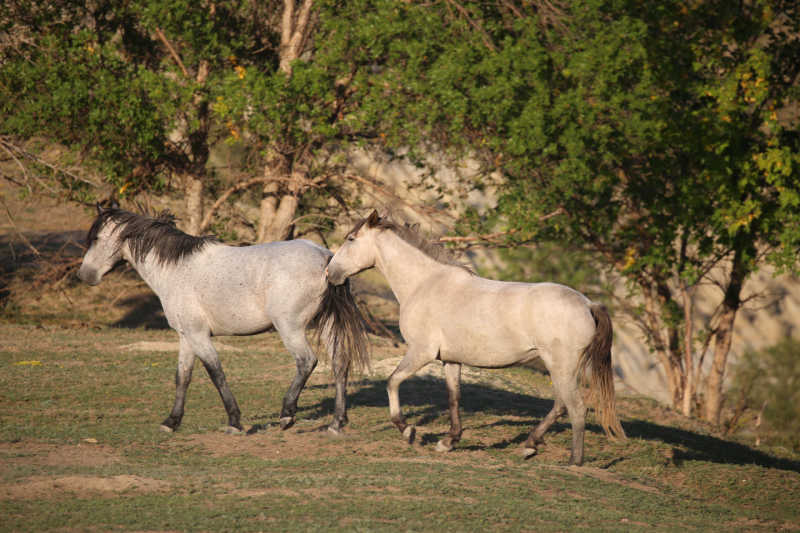
Best Things to do in Theodore Roosevelt National Park
We suggest planning at minimum a full day to explore each section of the park. If you plan to visit multiple sections of Theodore Roosevelt NP you will want a few days.
North Unit
The North Unit is a bit more rugged and off the beaten path. The 14-mile route through this unit is located off of Highway 85.
Backcountry camping, hiking, and wildlife viewing are the main draws to this section of the park.
South Unit
The South Unit is the most popular area in the park. Driving along the scenic 48-mile loop through this unit is the best way to explore it, and you’ll likely see some wildlife as you do so.
In addition, there are plenty of places to stop off and hike, take photos, or simply take in the epic views across the Little Missouri Badlands.
Elkhorn Ranch Unit
The Elkhorn Ranch Unit is located along the banks of the scenic Little Missouri River.
This historic part of the park is where Teddy Roosevelt came to live after the death of his wife and mother.
This area is nearly as wild as it was back in the day, and you’ll need a sturdy vehicle to access it as part of the trek includes gravel roads.
Wildlife viewing
The park’s diverse ecosystems are home to a wide variety of wildlife. American bison herds, towns of prairie dogs, and mule deer are present in both the North and South units and are fairly easy to spot.
Beavers swim the North Unit’s Squaw Creek and Little Missouri River, and in the South Unit, you might spot wild horses, American badgers, and elk herds.
In addition to the large mammals that roam the park, there are also a variety of snakes, lizards, and turtles that call the area home.
If you are lucky enough to see wildlife during your visit to Theodore Roosevelt National Park, be sure to always keep a distance of at least 25 feet.
Junior Ranger Program
The Junior Ranger Program is a great, hands-on way to learn more about the park’s history, flora and fauna, and more.
Whether you’re young or young at heart, the Junior Ranger program allows visitors to slow down and dive deep into all aspects of the park. At the end, you’ll even get a cool badge to add to your collection!
Bird Watching
There are also tons of birds that fly over the park - over 185 species, to be exact! Larger species you might spot include turkeys, eagles, and great horned owls.
In addition, migratory birds like sandhill cranes and white-throated sparrows visit the park every spring and fall, and in the summer, you can hear the chirping of swallows, warblers, and flycatchers.
Theodore Roosevelt Tours
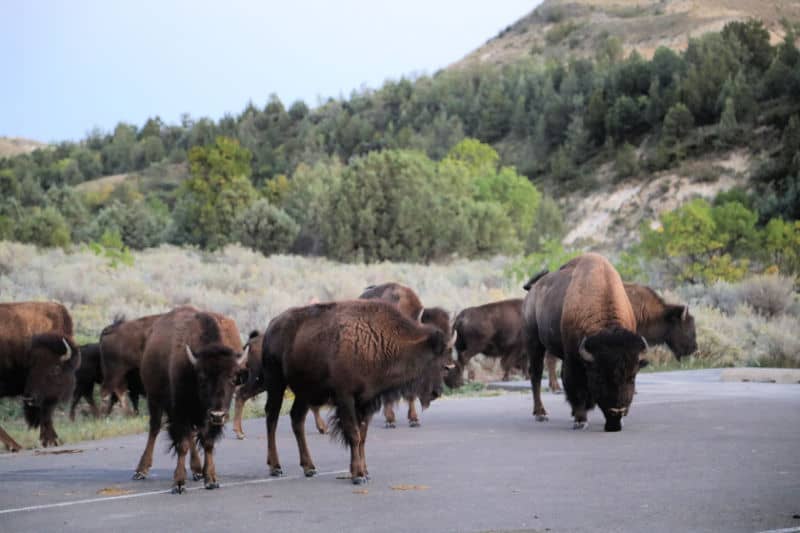
Hiking in Theodore Roosevelt National Park
Always carry the 10 essentials for outdoor survival when exploring.
Skyline Vista Trail
Distance - .2 miles
Trail Difficulty - Easy
Time Required - 5 min
Trailhead - South Unit
This quick and easy route is a great place to start your journey through the park’s South Unit. You’ll get great views across the valley, along with some interpretive signs pertaining to the park’s geology.
Boicourt Overlook Trail
Distance - .8 miles
Trail Difficulty - Easy
Time Required - 20 min
Trailhead - South Unit: Scenic Loop Drive
This is another short route in the South Unit that offers up panoramic views of the Badlands. You may also encounter some wildlife as you hike. Hike this trail in the late afternoon and stick around for one of the best sunsets in the park.
Little Mo Nature Trail
Distance - 1.1 miles
Trail Difficulty - Easy
Time Required - 25 min
Trailhead - North Unit
Little Mo Nature Trail follows the Little Missouri River and is great for observing the area’s flora and fauna. This is an especially great hike during the autumn when the fall foliage is in full bloom.
Ridgeline Nature Trail
Distance - .7 miles
Trail Difficulty - Moderate
Time Required - 20 minutes
Trailhead - South Unit
While this trail is short, it's quite steep. Luckily, all those stairs lead to an incredible viewpoint, and the views and nature along the way are well worth it.
Painted Canyon Trail
Distance - 4.3 miles
Trail Difficulty - Moderate
Time Required - 1 hour 45 min
Trailhead - South Unit
Not to be confused with the .9-mile nature trail by the same name, the Painted Canyon Trail is one of the longer hikes in the park. It also boats some of the best scenery in the park and is great for viewing wildlife.
Petrified Forest Trail Loop
Distance - 10.2 miles
Trail Difficulty - Moderate
Time Required - 4 hours
Trailhead - West River Road
Most visitors don’t know it, but Theodore Roosevelt NP is actually home to the country's third-highest concentration of petrified wood!
This aptly named trail is the best way to see these massive, petrified stumps.
Of course, if you don’t want to do the full ten miles, you can always opt for the shorter version of the trail, which is only about three miles long.
Buckhorn Trail
Distance - 10.8 miles
Trail Difficulty - Moderate
Time Required - 4.5 hours
Trailhead - North Unit
Those searching for an all-day hike will find a friend in Buckhorn Trail.
This nearly 11-mile loop stretches across most of the North Unit and takes hikers around buttes, prairie dog towns, scenic viewpoints, and more.
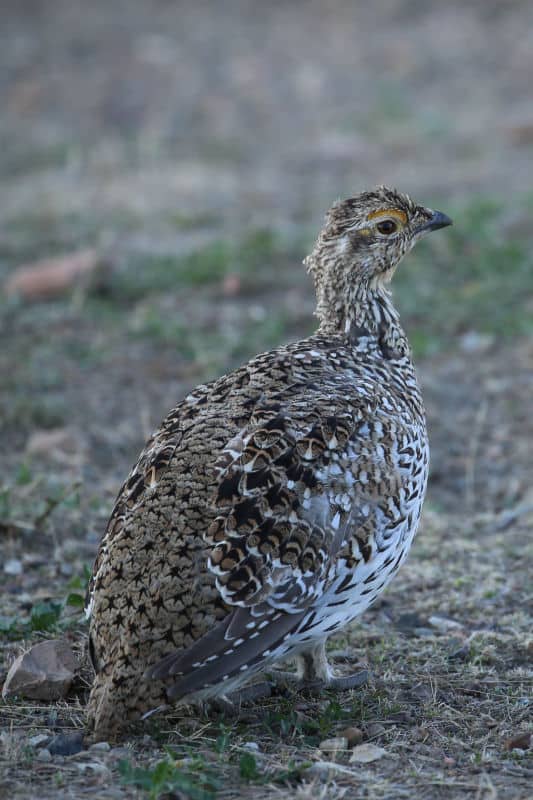
How to beat the crowds in Theodore Roosevelt National Park?
The best way to avoid the crowds at Theodore Roosevelt National Park is by visiting in the off-season or shoulder seasons.
Late spring and fall are great options as the weather is still mild enough to enjoy.
Even in the summer, you can avoid the large throngs of people by visiting the lesser-trafficked areas of the park, including the North Unit and the Elkhorn Unit.
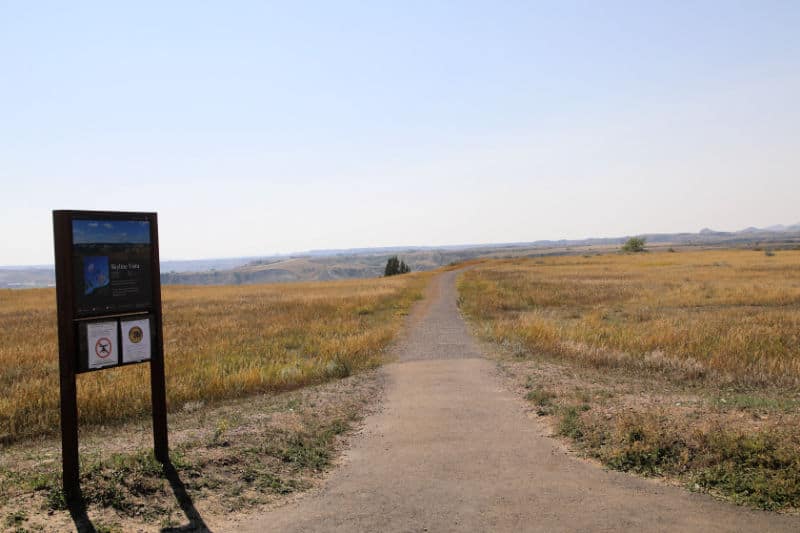
Where to stay when visiting Theodore Roosevelt National Park
There are no National Park Lodges within the park.
There is lodging available in Medora, North Dakota including:
AmericInn by Wyndham - This hotel is located in the heart of Medora.
Maltese Ranch Cabin - Stay in a replica of Theodore Roosevelts cabin
We stayed in Dickinson, North Dakota and drove to the park each day. There are quite a few lodging options in Dickinson including:
La Quinta by Wyndham - At La Quinta Inn & Suites by Wyndham Dickinson, you can look forward to a free breakfast buffet, a grocery/convenience store, and a gym. For some rest and relaxation, visit the hot tub. Free in-room Wi-Fi and a business center are available to all guests.
Holiday Inn Express & Suites - Dickinson - Take advantage of a free breakfast buffet, golfing on site, and a grocery/convenience store at Holiday Inn Express Hotel & Suites Dickinson, an IHG Hotel. For some rest and relaxation, visit the hot tub. In addition to dry cleaning/laundry services and a 24-hour gym, guests can connect to free in-room Wi-Fi.
TownePlace Suite by Marriott - We stayed in this hotel and it was great. Take advantage of free continental breakfast, a terrace, and a garden at TownePlace Suites by Marriott Dickinson. Free in-room Wi-Fi is available to all guests, along with dry cleaning/laundry services and a gym.
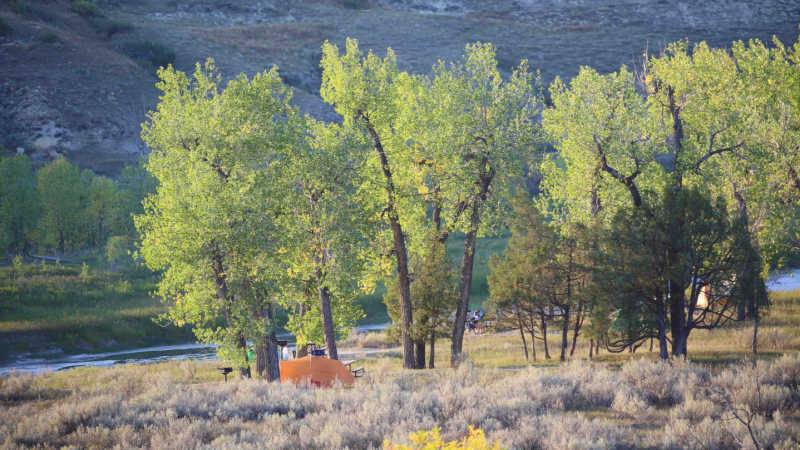
Theodore Roosevelt NP Camping
Juniper Campground
The Juniper Campground is located along the lovely Little Missouri River in the North Unit. There are 50 campsites for tents and small RVs (no hookups).
The campground is open year-round, and all sites are available on a first-come-first-served basis, with the exception of the group campsite.
Cottonwood Campground
The Cottonwood Campground is located in the South Unit and sits on the banks of the scenic Little Missouri River.
There are 76 campsites for tents and small RVs (no hookups available).
The campground is open year-round, and reservations are available for half of the sites up to six months in advance. The other campsites are available on a first-come-first-served basis.
Backcountry Camping
Backcountry camping is allowed inside the park and requires a permit. Permits are free and can be obtained from the North Unit and South Unit visitor centers.
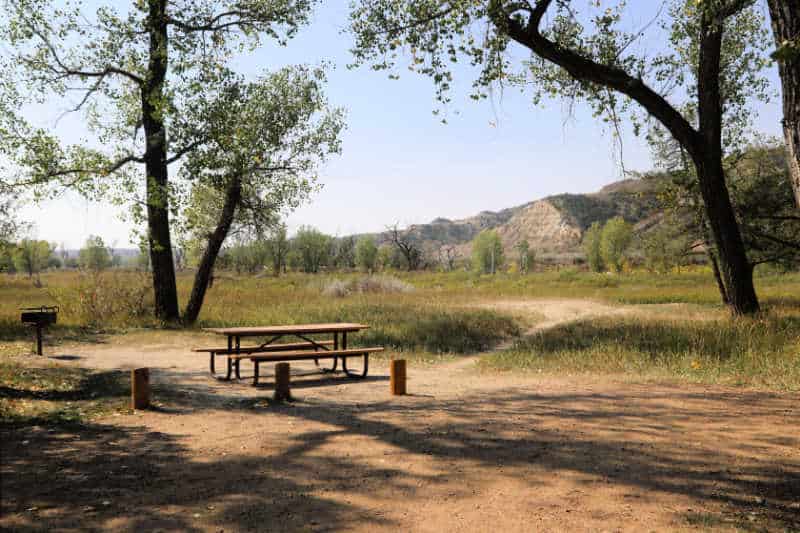
Check out all of the National Parks in North Dakota along with neighboring National Parks in Minnesota, National Parks in Montana, and South Dakota National Parks
Make sure to follow Park Ranger John on Facebook, Instagram, Pinterest, and TikTok
